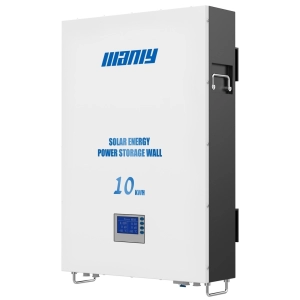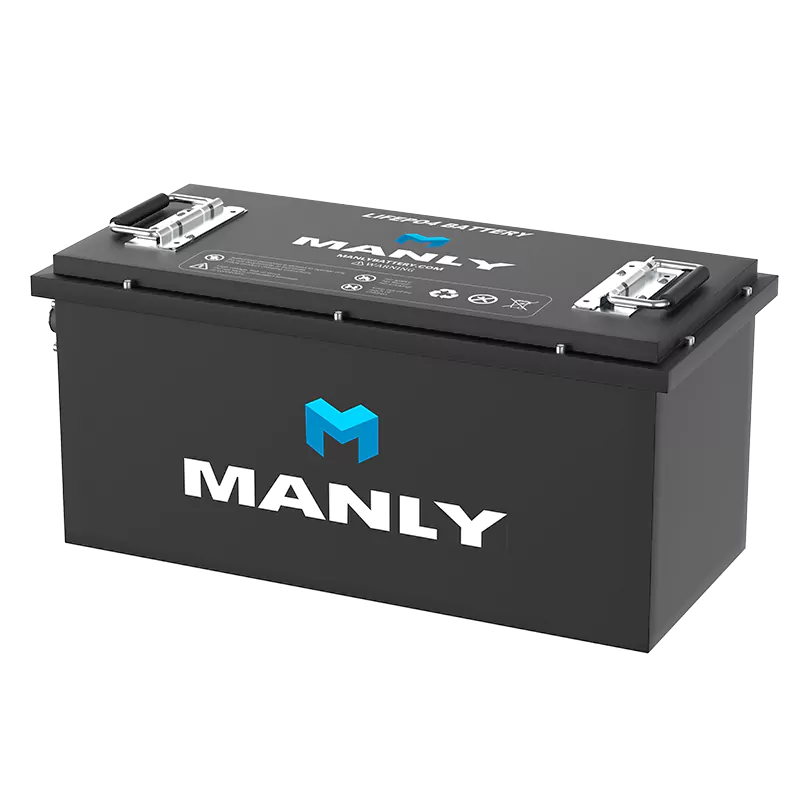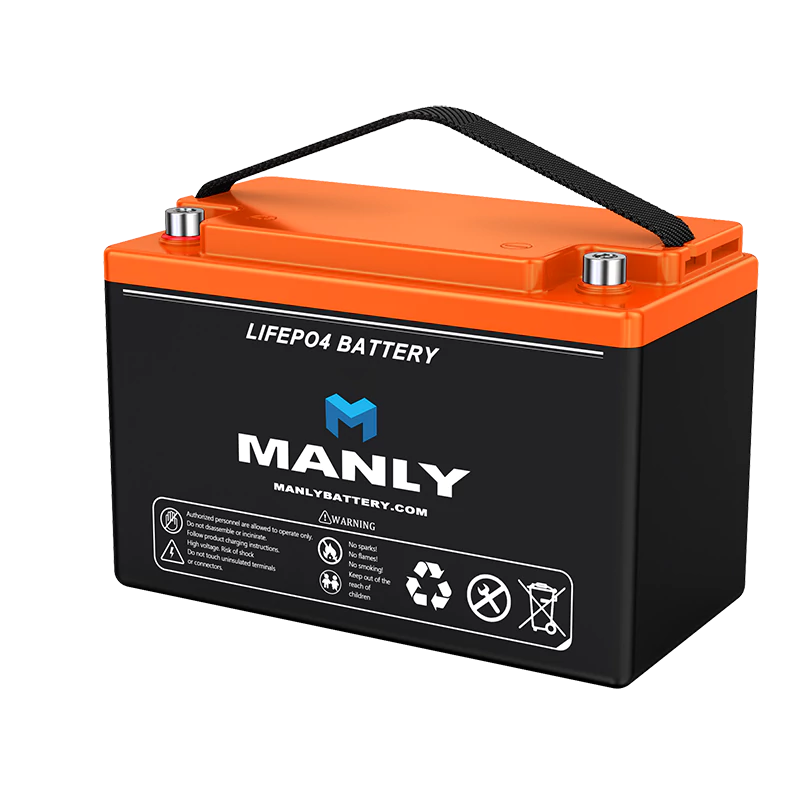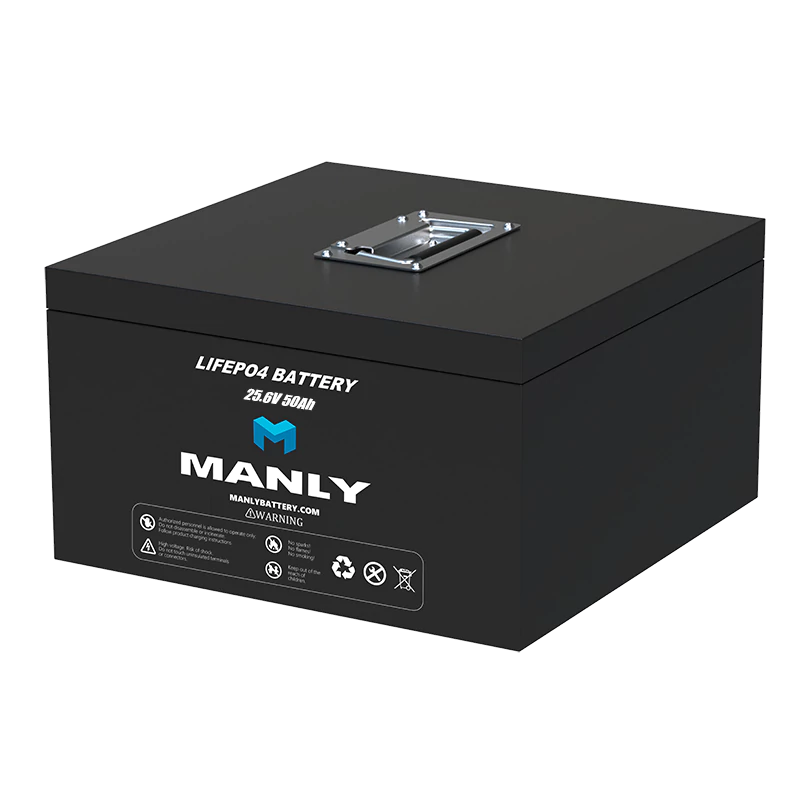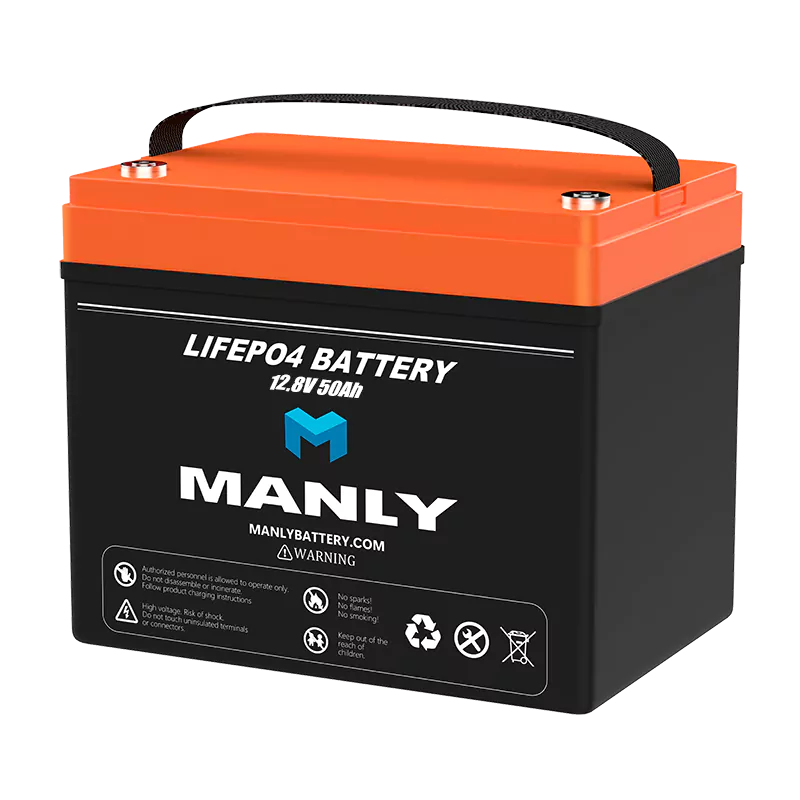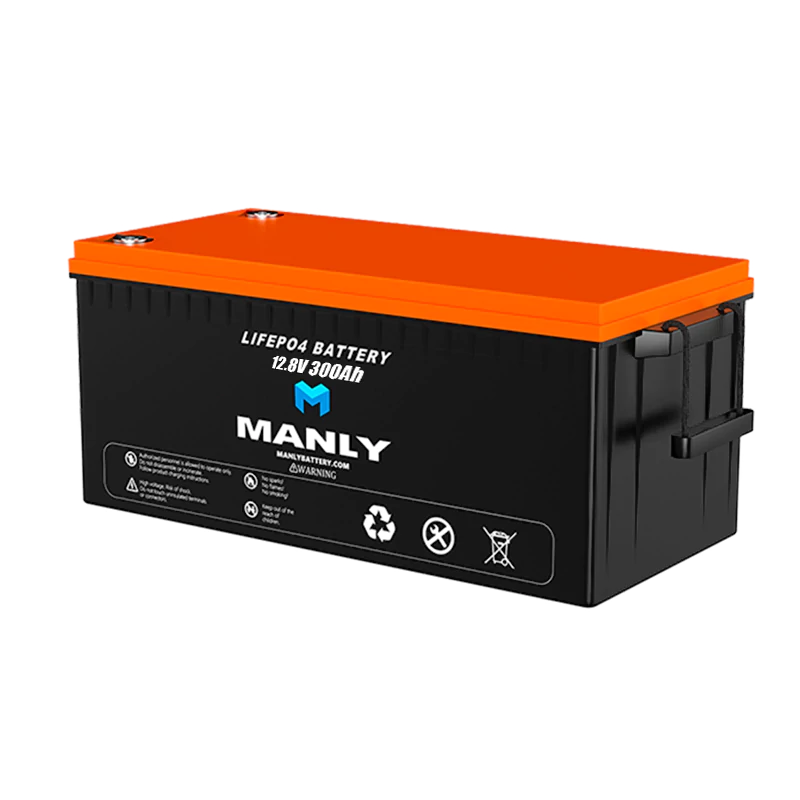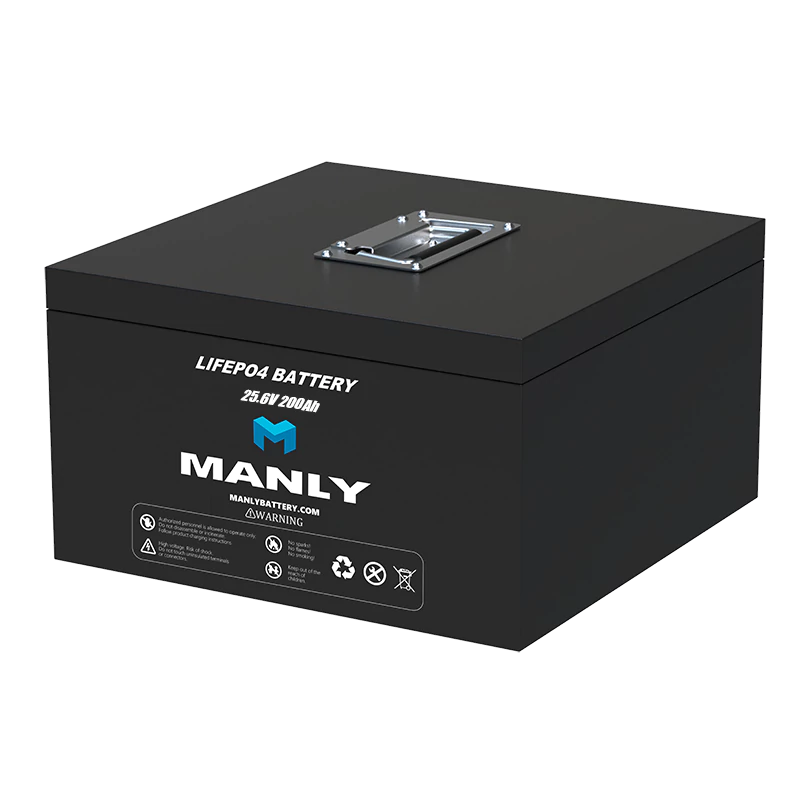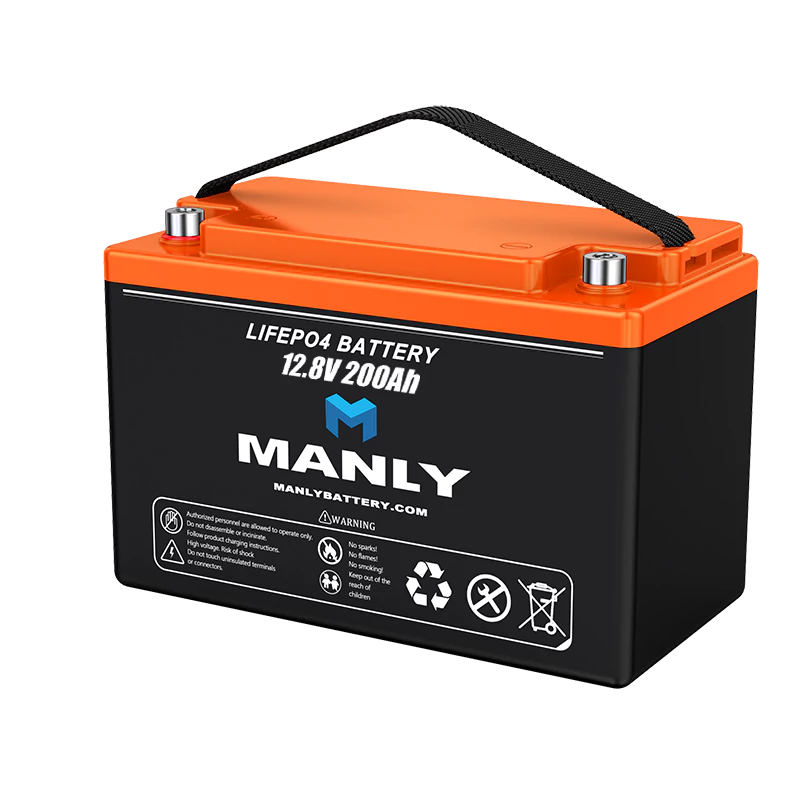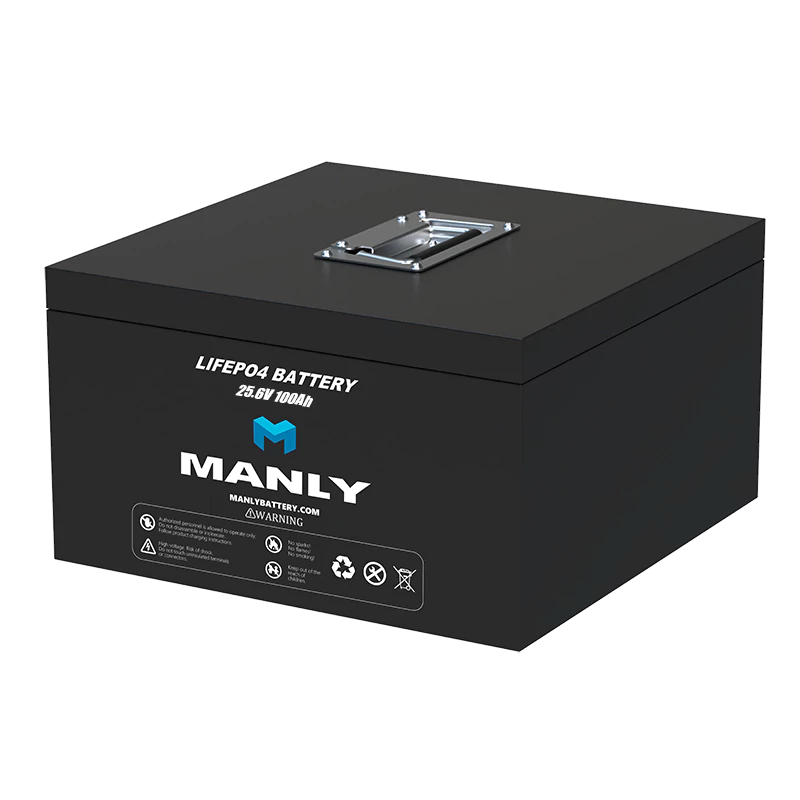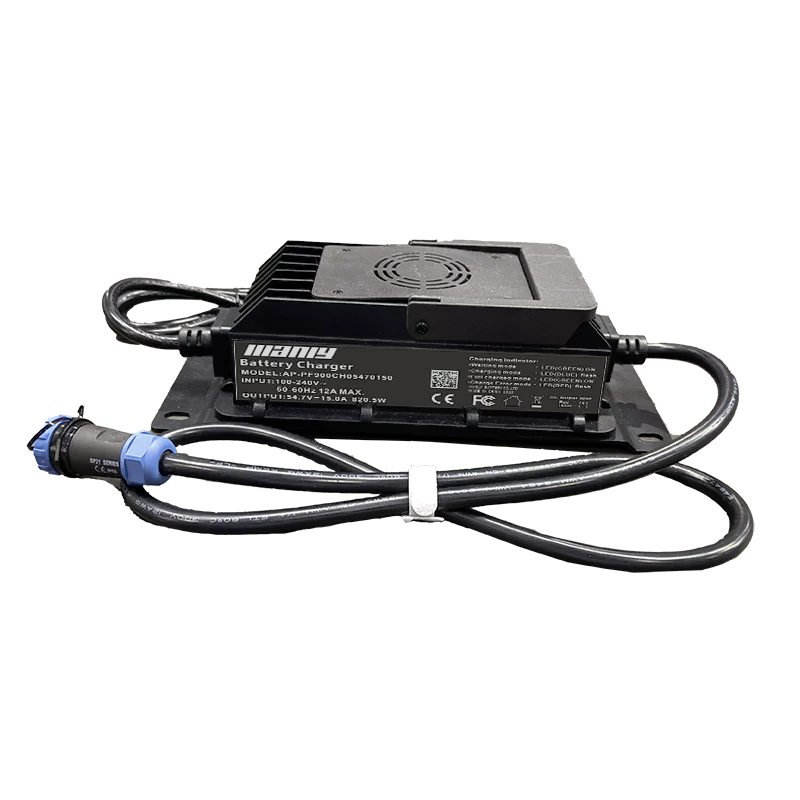2024 How Long Do 48 Volt Golf Cart Batteries Last?
Table of Contents
- 2024 How Long Do 48 Volt Golf Cart Batteries Last?
- What Type of Batteries Do Golf Carts Use?
- What is the Range of a 48 Volt Golf Cart?
- Common Brands Offering 48 Volt Golf Cart Batteries
- Factors Affecting the Lifespan of 48 Volt Golf Cart Batteries
- Maintenance Tips for Extending the Lifespan of 48 Volt Golf Cart Batteries
- Conclusion
- Learn More About Battery
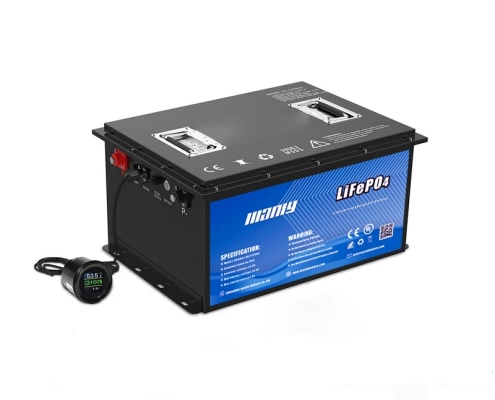
What Type of Batteries Do Golf Carts Use?
When selecting 48 volt golf cart batteries, two primary types stand out: lead-acid and lithium-ion. Each type offers unique benefits and drawbacks that impact their longevity, maintenance requirements, and overall performance.- Lead-Acid Batteries Lead-acid batteries are a traditional choice in the golf cart industry due to their lower upfront costs. However, they usually last 4 to 6 years with regular maintenance, which includes checking water levels, cleaning terminals, and ensuring consistent charging after each use. Lead-acid batteries are more sensitive to deep discharges, which can reduce their lifespan, and they tend to weigh more than lithium alternatives, affecting golf cart performance on slopes and rough terrain.
- Lithium-Ion Batteries Lithium-ion batteries, particularly Lithium Iron Phosphate (LiFePO4) models, are popular for their long lifespan, which can reach 8 to 10 years or even longer with proper care. They are significantly lighter than lead-acid batteries and require less maintenance, as they do not need water level checks or frequent cleaning. Lithium-ion batteries are equipped with advanced battery management systems (BMS), which optimize charging and protect against over-discharge and overcharge, thereby extending their lifespan. This advanced technology makes lithium-ion batteries an ideal choice for users seeking reliability and performance.MANLY Battery, a leading battery manufacturer, is renowned for producing high-quality LiFePO4 batteries with extended lifespans and enhanced safety features. Their commitment to durability is supported by global certifications like UL and CE, and they offer a 10-year warranty, reflecting their confidence in product longevity.
- Performance and Longevity Comparison For those seeking long-term reliability, lithium-ion batteries, though more expensive upfront, prove to be more cost-effective due to their reduced maintenance needs and longer lifespan. In contrast, lead-acid batteries may be more budget-friendly initially but require consistent upkeep and may need to be replaced sooner. MANLY Battery’s lithium options are designed to withstand extreme temperatures and maintain high efficiency, making them a preferred choice for users who want optimal performance in various environments.
In summary, while lead-acid batteries are a good choice for users prioritizing cost over longevity, lithium-ion batteries—especially those from established manufacturers like MANLY Battery—offer superior performance, durability, and lower long-term maintenance, making them ideal for 48-volt golf carts used in demanding conditions.
What is the Range of a 48 Volt Golf Cart?
The range of a 48 volt golf cart largely depends on battery type, capacity, and driving conditions. Lithium-ion batteries and lead-acid batteries differ significantly in both their initial range and how well they maintain that range over time. Based on standard configurations, a 48V lithium battery offers higher efficiency and longevity compared to lead-acid batteries, providing a more consistent range throughout its lifespan.Range Estimates Based on Battery Type and Conditions
From the provided chart, the estimated range for a 48V lithium battery under various conditions is as follows:- Stock Configuration: For a standard 2-passenger setup on flat terrain, a 48V 160Ah lithium battery can provide an estimated range of 50-70 miles per charge. Lower capacity options like the 105Ah battery yield around 30-45 miles.
- Modified Configuration: When modified to accommodate more passengers, larger tires, or steeper terrain, the range of a 160Ah battery drops to 40-60 miles. Lower capacities, such as 105Ah, provide a range of 20-35 miles under similar modified conditions.
- Heavily Modified Configuration: For carts with high-performance modifications, such as carrying up to six passengers on steep terrains, the 160Ah battery offers a range of 35-50 miles, while 105Ah options yield about 20-30 miles.
Lead-Acid vs. Lithium Battery Range Over Time
The lifespan of 48 volt golf cart batteries varies significantly between lithium-ion and lead-acid types. Lithium batteries generally last around 8-10 years, while lead-acid batteries have a typical lifespan of 3-5 years. This difference directly impacts golf cart mileage over time:- Lithium Batteries: These batteries degrade gradually and retain around 80-85% of their original capacity even after several years of use. After 8 years, a well-maintained lithium battery may still cover close to 80% of its initial range, meaning a 160Ah lithium battery that initially provided 50-70 miles might still deliver around 40-55 miles.
- Lead-Acid Batteries: Lead-acid batteries degrade faster, often losing 30-40% of their range capacity within 3-5 years. A lead-acid battery that initially provided a range of 20-30 miles may see this range drop to around 12-18 miles as it nears the end of its lifespan due to reduced charge capacity and efficiency losses.
Key Factors Affecting Range and Lifespan
Several factors affect the range and longevity of both battery types:- Depth of Discharge: Lead-acid batteries are more sensitive to deep discharges, which accelerate degradation. Lithium-ion batteries can handle deeper discharges without as much wear, contributing to a more consistent range over time.
- Maintenance Requirements: Lithium batteries require little to no maintenance, while lead-acid batteries need regular checks for water levels and terminal cleaning. Poor maintenance can shorten the lifespan and reduce the range of lead-acid batteries further.
- Environmental Conditions: Both types of batteries are affected by extreme temperatures, but lithium batteries are more resilient to such conditions, which helps them maintain a stable range across varying environments.
48 volt Golf Cart Batteries Range Comparison Table:
| Lithium Battery | Stock | Modified | Heavily Modified | |||
| 2 Passenger Non-lifted Controller up to 350A Stock gearing Flat terrain | 4 Passenger Lifted up to 23" tires Controller up to 450A Stock gearing Moderate terrain | 4 to 6 Passenger Lifted up to 23" tires Controller up to 600A High speed gearsSteep terrain | ||||
| Estimated Range | Expected Range After 8-10 Years | Estimated Range | Expected Range After 8-10 Years | Estimated Range | Expected Range After 8-10 Years | |
| 48v 160AH | 50-70 Miles | 40-55 Miles | 40-60 Miles | 32-48 Miles | 35-50 Miles | 28-40 Miles |
| 48V 105AH | 30-45 Miles | 24-36 Miles | 20-35 Miles | 16-28 Miles | 20-30 Miles | 16-24 Miles |
| Lead Acid Battery | Stock | Modified | Heavily Modified | |||
| 2 Passenger Non-lifted Controller up to 350A Stock gearing Flat terrain | 4 Passenger Lifted up to 23" tires Controller up to 450A Stock gearing Moderate terrain | 4 to 6 Passenger Lifted up to 23" tires Controller up to 600A High speed gearsSteep terrain | ||||
| Estimated Range | Expected Range After 3-5 Years | Estimated Range | Expected Range After 3-5 Years | Estimated Range | Expected Range After 3-5 Years | |
| 48V 160AH | 20-30 Miles | 12-18 Miles | 15-25 Miles | 9-15 Miles | Not Recommended | Not Recommended |
| 48V 105AH | 20-30 Miles | 12-18 Miles | 15-25 Miles | 9-15 Miles | Not Recommended | Not Recommended |
Common Brands Offering 48 Volt Golf Cart Batteries
When considering 48 volt golf cart batteries, several leading brands like Club Car, EZGO, and Yamaha stand out for their high-performing models that are widely compatible with lithium battery upgrades. Each brand has specific models that vary in range, power, and application suitability, depending on the battery capacity and terrain conditions.- Club Car
- Models: The Club Car Precedent, Onward, and Tempo models are some of the latest in the lineup for 48V golf carts. When equipped with 48V lithium-ion batteries, such as the MANLY Battery 105Ah or Eco Lithium 105Ah kits, these models deliver reliable performance with an average range of 40-45 miles per charge. The Precedent i2, in particular, is known for its smooth handling and durability on flatter terrains, making it a popular choice for golf courses and resorts
- EZGO
- Models: EZGO’s RXV and TXT models are well-suited for users who need a versatile 48V golf cart capable of tackling hills and varied terrains. With lithium upgrades, such as the MANLY 105Ah lithium battery bundle, EZGO RXV models can achieve up to 35-40 miles on a single charge. The TXT model also offers reliable torque, especially beneficial for hilly environments. These models are favored for both personal and commercial use due to their adaptability
- Yamaha
- Models: Yamaha’s Drive2 and G29 models are among the top picks for performance-oriented 48V golf carts. These carts, especially when equipped with lithium batteries like the MANLY 105Ah bundle, excel in torque and speed, offering up to 50-55 miles per charge under optimal conditions. Yamaha's 48V models are known for their enhanced power, making them suitable for steeper terrains and for users who require a reliable and efficient cart for varied uses
Each of these brands offers unique advantages in terms of range, torque, and suitability for different terrains. Club Car tends to excel in flat-terrain performance, EZGO is adaptable for mixed terrain, and Yamaha provides high torque for hilly or challenging courses. When selecting a 48 volt golf cart battery system, these brand options and their model-specific strengths can help users make a well-informed choice based on their usage needs.
Factors Affecting the Lifespan of 48 Volt Golf Cart Batteries
The lifespan of 48 volt golf cart batteries is influenced by several critical factors, each impacting how long a battery can maintain optimal performance. Understanding and managing these factors can help maximize battery life, especially with lithium-ion batteries that can last significantly longer than lead-acid options.- Usage Patterns The frequency and intensity of use greatly affect battery longevity. Golf carts that are frequently used or carry heavy loads (such as additional passengers or cargo) place more strain on the battery, leading to faster depletion. For instance, a fleet cart used daily on a golf course will experience quicker wear than a privately-owned cart used a few times a week. Consistently moderate use with lower loads will generally help the battery last longer.
- Charging Habits Proper charging practices are essential for extending battery lifespan. Ideally, 48 volt golf cart batteries should be charged after each use, or at least once a week if not in regular use. Overcharging or leaving batteries uncharged for extended periods can reduce efficiency and damage the cells. Using an automatic charger that turns off when the battery is fully charged can prevent overcharging and improve overall longevity.
- Environmental Conditions Temperature extremes—whether hot or cold—can adversely impact battery life. High temperatures can accelerate chemical reactions within the battery, leading to faster degradation, while cold temperatures reduce battery efficiency and capacity. For optimal performance, it’s best to operate and store 48 volt golf cart batteries within a moderate temperature range, typically between 68°F and 86°F (20°C to 30°C).
- Quality of Batteries The quality of the battery itself plays a significant role in its longevity. Higher-quality batteries from reputable manufacturers tend to last longer and perform better. Premium brands invest in better materials and technology, providing batteries with enhanced durability and lower rates of capacity loss over time. Choosing a trusted brand ensures that the battery meets stringent standards for performance and safety.
- Proper Storage When not in use, storing the battery properly is essential for maintaining its health. Batteries should be stored in a cool, dry place and ideally kept at a 50% charge if they won’t be used for an extended period. Avoiding storage in extreme temperatures and periodically checking the charge level can prevent unnecessary degradation. Proper storage practices help ensure that the battery remains in good working condition when it’s time to use it again.
Maintenance Tips for Extending the Lifespan of 48 Volt Golf Cart Batteries
To maximize the lifespan of 48 volt golf cart batteries, consistent and proper maintenance is essential. These maintenance practices ensure your batteries perform reliably and reduce the frequency of costly replacements.- Regular Cleaning and Inspection Keeping battery terminals clean is crucial for maintaining a solid electrical connection. Use a solution of baking soda and water to clean any dirt or corrosion on the terminals, followed by a thorough rinse with clean water. While cleaning, inspect the battery for cracks, leaks, or swelling, as these signs indicate that the battery may be nearing the end of its life. Regular inspections help you spot potential issues early and ensure a longer battery life.
- Optimal Charging Practices Proper charging is key to extending battery life. Always use a charger specifically designed for your 48V golf cart battery, and fully charge the battery after each use. Avoid letting the battery discharge fully, as deep discharges can shorten its lifespan. For long-term storage or seasonal breaks, consider using a trickle charger or maintainer to keep the battery topped off without risking overcharge. Consistently following optimal charging routines prevents sulfation and maintains battery capacity.
- Maintaining Water Levels (for Lead-Acid Batteries) For lead-acid batteries, check water levels regularly, ideally once a month, and top up with distilled water if needed. Keeping the water level above the battery plates is essential to prevent drying out, which can lead to capacity loss. Be careful not to overfill, as it can lead to overflow during charging. Maintaining correct water levels ensures that each cell remains effective, contributing to the overall battery health.
- Avoiding Extreme Temperatures Extreme temperatures—whether high or low—can negatively impact battery performance and lifespan. When possible, store your batteries in a cool, dry place, as excessive heat can cause fluid evaporation and cold temperatures can reduce capacity. In particularly hot or cold environments, consider using battery insulators or temperature-regulating measures to maintain optimal operating conditions.
- Seasonal Storage Best Practices If you’re storing your golf cart for an extended period, fully charge the battery before storage, disconnect the cables to prevent any drain, and store it in a stable, moderate temperature environment. Check the battery’s charge level every few weeks and recharge as needed to prevent deep discharge. Proper seasonal storage ensures that your 48 volt golf cart batteries retain their performance and are ready for use when needed again.


